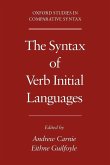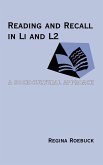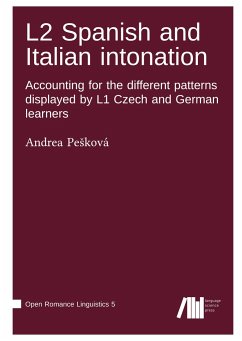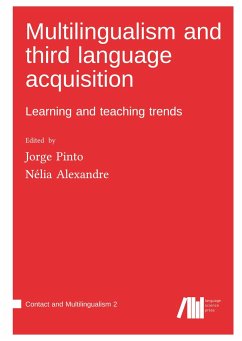This work is devoted to morphosyntactic processing in the earliest stages of L2 Polish. The target structure taken into consideration is the morphosyntactic opposition between the nominative and accusative case, respectively corresponding to the subject and object function. This is the first book-length work devoted to the VILLA project, a large multi-national initiative within which 90 adult learners took part in a first-exposure, 14-hour Polish course under controlled input conditions. As participants had never been exposed to Polish or other Slavic languages, the experiment portrays the very first contact with a completely new target language; moreover, since the learners were evenly distributed among five L1 groups, L1 interference can also be investigated in depth. In addition to an in-depth analysis of the effect of input properties on morpho-syntactic processing, the book discusses sensitive methodological points such as the role of semantics in semi-spontaneous production as well as the impact of elicitation techniques.
Hinweis: Dieser Artikel kann nur an eine deutsche Lieferadresse ausgeliefert werden.
Hinweis: Dieser Artikel kann nur an eine deutsche Lieferadresse ausgeliefert werden.








